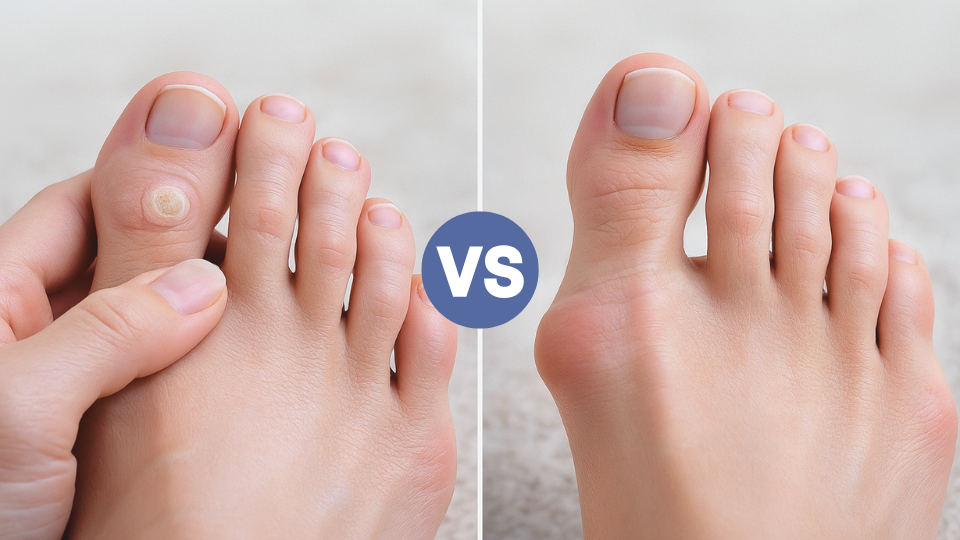Lump on Ankle: Common Causes, Symptoms, and When to See a Podiatrist
Learn the common causes of a lump on the ankle, key symptoms to watch for, and when to see a podiatrist. Expert ankle care at FAS The Woodlands.

Learn how high heels impact women’s foot health, from bunions to ankle pain. Discover tips to reduce risks and when to seek expert care from Foot & Ankle Specialists.
High heels are a fashion staple, offering confidence and elegance to many women. However, wearing heels too often or for extended periods can lead to various foot health issues. From bunions to ankle pain, understanding the hidden risks of high heels and how to manage them is essential for maintaining healthy, pain-free feet.
In this comprehensive guide, we’ll explore the common problems associated with high heels, strategies to reduce long-term damage, and when to seek professional help from a podiatrist.
Bunions, a painful bony bump at the base of the big toe, are a common issue for women who frequently wear high heels. Shoes with narrow toe boxes squeeze the toes together, pushing the big toe out of alignment. Over time, this pressure can lead to inflammation and a visible deformity. If left untreated, bunions can become severe, requiring surgical correction.
High heels alter the natural alignment of your feet and legs by shifting your weight forward onto the balls of your feet. This imbalance increases strain on the ankles, making them more susceptible to pain and instability. Frequent wear can even lead to chronic ankle discomfort or injury.
The unnatural position of the feet in high heels can cause a range of issues, including:
These conditions often result in discomfort that impacts daily activities and overall mobility.
High heels not only affect the feet but also have broader implications for your overall health. Prolonged wear can lead to:
Reserve high heels for special occasions rather than daily wear. For regular activities, switch to supportive, well-cushioned footwear to give your feet a break.
Incorporate exercises like:
Custom orthotics provide additional arch support and cushioning, redistributing pressure evenly across your feet. If you’re searching for orthotics near me, a podiatrist can create personalized inserts tailored to your needs.
Dry, cracked skin can exacerbate pain and discomfort. Regularly moisturize your feet and check for signs of redness, swelling, or blisters.
It’s important to consult a podiatrist if:
A podiatrist can assess your condition and recommend treatments such as physical therapy, custom orthotics, or, in severe cases, surgery.
At Foot & Ankle Specialists, we understand the unique challenges women face with their foot health. Whether you’re dealing with bunions, ankle pain, or general foot pain in women, our team offers personalized care to address your concerns.

Learn the common causes of a lump on the ankle, key symptoms to watch for, and when to see a podiatrist. Expert ankle care at FAS The Woodlands.

Learn the key differences between corns and bunions, their symptoms, and treatment options. Book an appointment with FAS The Woodlands for expert foot care.